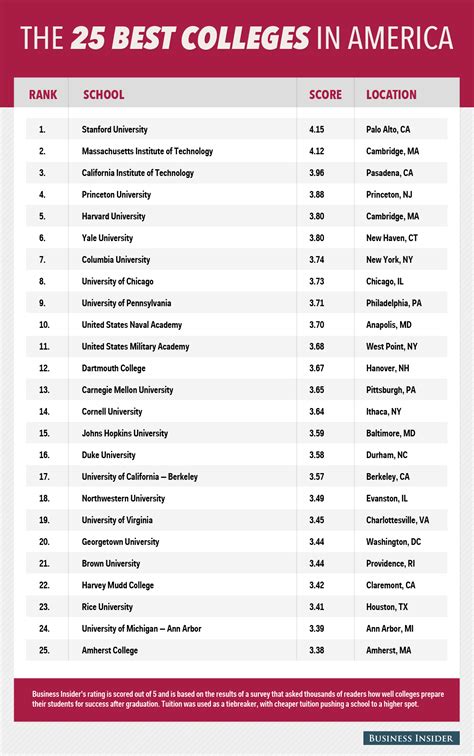California Water Quality Guide

The state of California is known for its diverse geography, climate, and natural resources, including its water supply. However, with a growing population and increasing demands on its water resources, California faces significant challenges in maintaining high water quality standards. In this comprehensive guide, we will delve into the current state of California's water quality, the factors that affect it, and the efforts being made to protect and improve it.
Introduction to California Water Quality

California’s water supply is derived from a combination of surface water and groundwater sources. The state’s surface water sources include rivers, lakes, and reservoirs, while its groundwater sources are primarily found in aquifers beneath the state’s valleys and coastal areas. The quality of California’s water is affected by a variety of factors, including agricultural runoff, urbanization, and climate change.
Water Quality Parameters
Water quality in California is measured by a range of parameters, including pH, temperature, turbidity, and concentrations of nutrients, bacteria, and other pollutants. The state’s water quality standards are set by the California State Water Resources Control Board (SWRCB) and the United States Environmental Protection Agency (EPA). These standards are designed to protect public health and the environment, and are enforced through a combination of monitoring, permitting, and enforcement activities.
| Parameter | Standard |
|---|---|
| pH | 6.5-8.5 |
| Temperature | 20-25°C |
| Turbidity | 5 NTU |
| Escherichia coli (E. coli) | 235 CFU/100 mL |
| Total Nitrogen | 0.5 mg/L |
| Total Phosphorus | 0.1 mg/L |

Factors Affecting California Water Quality

There are several factors that can affect the quality of California’s water, including:
- Agricultural runoff: Fertilizers, pesticides, and other agricultural chemicals can contaminate surface water and groundwater, posing risks to human health and the environment.
- Urbanization: As California's population grows, so too does the amount of urban runoff, which can carry pollutants such as oil, grease, and sediment into waterways.
- Climate change: Changes in temperature and precipitation patterns can alter the timing and quantity of water flows, affecting water quality and the distribution of aquatic species.
Climate Change Impacts on Water Quality
Climate change is having a profound impact on California’s water quality, with changes in temperature and precipitation patterns altering the timing and quantity of water flows. This can lead to an increase in the frequency and severity of extreme weather events, such as droughts and floods, which can in turn affect water quality.
For example, during the 2012-2016 drought, California's water storage reservoirs were depleted, leading to an increase in the concentration of pollutants and nutrients in the state's waterways. Conversely, during the 2017 flood events, large quantities of sediment and pollutants were washed into waterways, affecting water quality and posing risks to aquatic ecosystems.
Efforts to Protect and Improve California Water Quality
Despite the challenges facing California’s water quality, there are many efforts underway to protect and improve it. These include:
- Water quality monitoring: The SWRCB and other agencies conduct regular monitoring of California's waterways to track water quality and identify areas for improvement.
- Watershed management: Watershed management plans are being developed and implemented to protect and restore California's watersheds, and to reduce the amount of pollutants entering the state's waterways.
- Regulatory enforcement: The SWRCB and other agencies enforce water quality standards and regulations, and take enforcement action against polluters and other entities that violate these standards.
Best Management Practices for Water Quality Protection
There are many best management practices (BMPs) that can be implemented to protect and improve California’s water quality. These include:
- Sediment control measures: Implementing sediment control measures, such as erosion control blankets and sediment basins, can help to reduce the amount of sediment entering waterways.
- Nutrient management: Implementing nutrient management plans, such as reducing fertilizer application rates and using cover crops, can help to reduce the amount of nutrients entering waterways.
- Pollution prevention: Implementing pollution prevention measures, such as spill prevention and response plans, can help to reduce the risk of pollution entering waterways.
What are the main factors affecting California’s water quality?
+
The main factors affecting California’s water quality include agricultural runoff, urbanization, and climate change. These factors can lead to an increase in pollutants and nutrients in the state’s waterways, posing risks to human health and the environment.
What is being done to protect and improve California’s water quality?
+
There are many efforts underway to protect and improve California’s water quality, including water quality monitoring, watershed management, and regulatory enforcement. Additionally, best management practices (BMPs) such as sediment control measures, nutrient management, and pollution prevention are being implemented to reduce the amount of pollutants entering the state’s waterways.
How can individuals contribute to protecting California’s water quality?
+
Individuals can contribute to protecting California’s water quality by implementing BMPs in their daily lives, such as reducing fertilizer application rates, using drought-resistant plants, and disposing of hazardous waste properly. Additionally, individuals can get involved in local water quality monitoring and restoration efforts, and support policies and initiatives that prioritize water quality protection.



